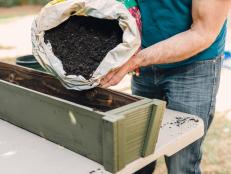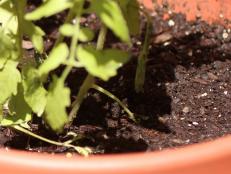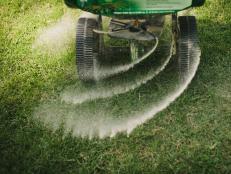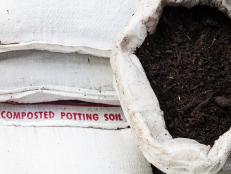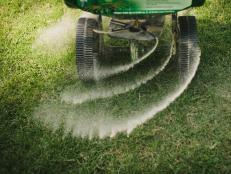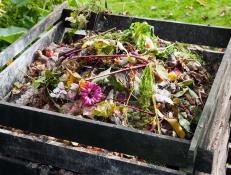Testing Soil Drainage and Texture
Your soil's texture and drainage can influence how you care for your plants. Follow these steps to better understand your garden soil.
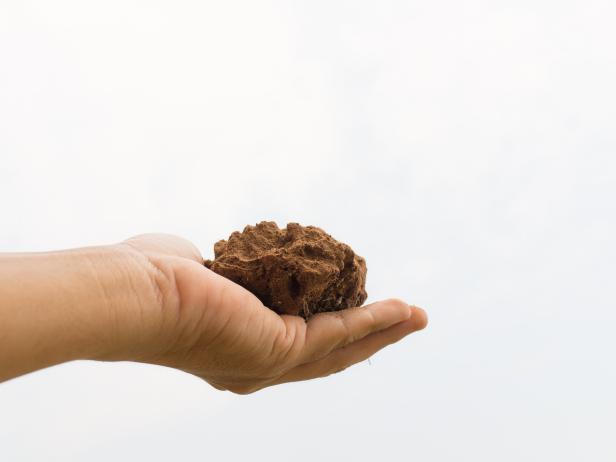
Weerameth Weerachotewong / Shutterstock.com
To check the sand content of a batch of soil, squeeze it into a ball. If it's got lots of sand, it will not retain its shape.
Materials Needed
- shovel
- water source
Step 1: Squeeze a Handful of Soil
Grab a handful of moist soil and squeeze it. Clay soil is slippery and oozes between your fingers; it holds its shape when you release it. Loam holds together but falls apart when you poke it. Sandy soil feels gritty and falls apart easily. Add organic material, such as compost, manure, or shredded leaves to sandy soil to improve its ability to hold water and to clay soil to help it drain more quickly.
Step 2: Form a Ribbon of Soil in Your Hand
Soils that won't form a ribbon when rolled between your thumb and fingers contain at least 50 percent sand and only a little clay. Ribbons that break before reaching 2 inches long contain about 25 percent clay. If you can squeeze out a ribbon 2 to 3-1/2 inches long, your soil contains at least 40 percent clay.
Step 3: Dig a Hole
Another way to determine the texture of your soil is to check how fast water drains through it. Dig a hole 1 foot deep by 1 foot wide. Fill the hole with water and record how long it takes for the water to completely drain. The ideal time is between 10 and 30 minutes. If it drains in less than 10 minutes, the soil is drought-prone and most suitable for plants that need dry or well-drained soil. If it takes 3 to 4 hours, your soil is poorly drained, due either to a large percentage of clay or an impermeable layer of minerals below the surface that blocks water movement. Watering tip: If you live where irrigation is a necessity, apply water to clay soils very slowly but long enough for the water to soak in deeply, then withhold water until you're sure it's needed again. Conversely, if your soil is sandy, water for less time but more frequently.






